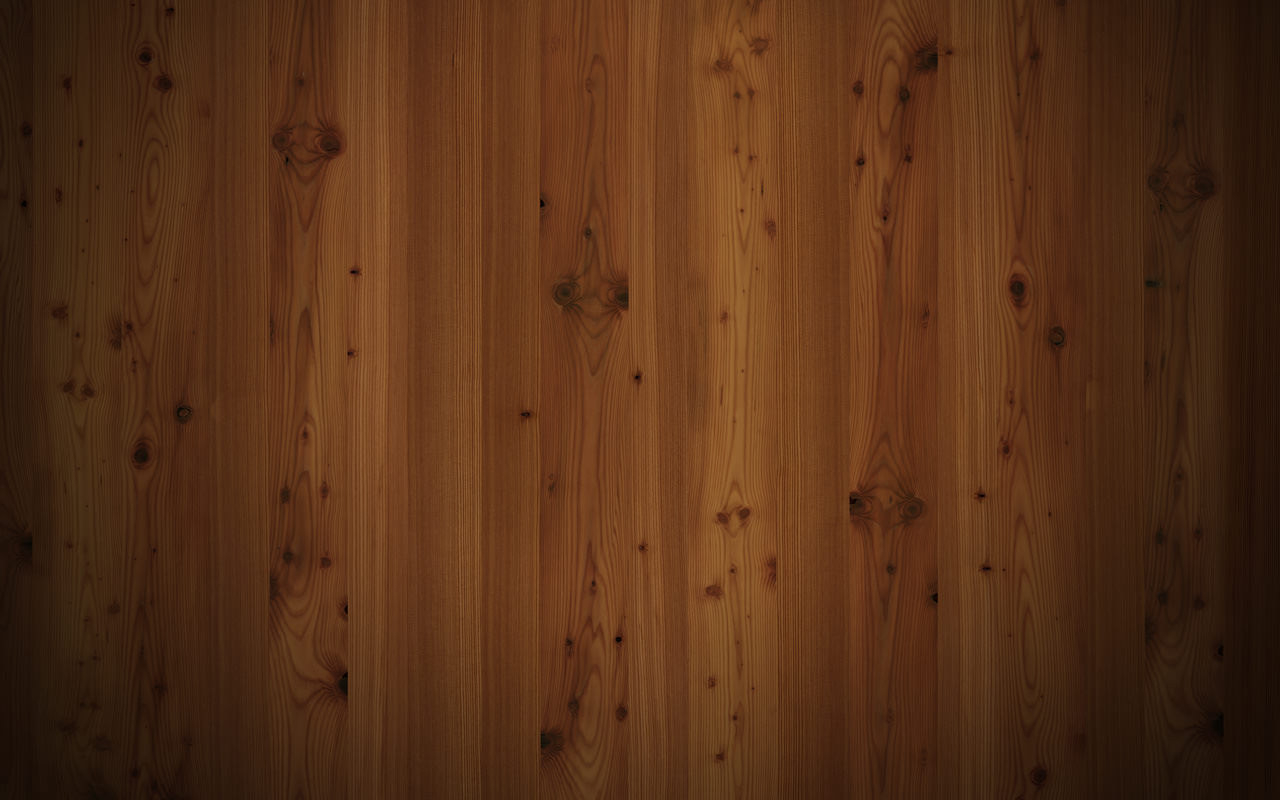
 www.PRSJournal.com
www.PRSJournal.com
O
ur understanding of nasal tip support in
primary rhinoplasty has evolved consid-
erably in recent years. At the same time,
so have the techniques used to stabilize the tip.
Several theories of tip support have gained favor.
Anderson’s tripod concept has frequently been
cited to support methods for altering the lower
lateral cartilages. The publications by Anderson
1
and Janeke and Wright
2
on major and minor tip-
supporting mechanisms have also become a widely
accepted means of explaining tip dynamics.
More recently, Adamson et al. described an
expanded version of the tripod concept. Their
M-arch model addresses lower lateral cartilage
dynamics in more detail. This model describes
the conjoined medial and lateral crura as a
continuous elastic spring, the curvature of which
creates intrinsic tension in the structure. Consid-
ered together, these viewpoints have fueled the
popularity of such surgical techniques as the lat-
eral crural and columellar strut grafts, the aim of
which is to reinforce the lower lateral cartilage
construct.
3
It is our contention that the Anderson/Adam-
son model overemphasizes the contribution of the
lower lateral cartilage and underemphasizes the
importance of the nasal septum with regard to tip
support. A rival school of thought highlights the
importance of caudal septum and its midline posi-
tion to nasal tip stability. Adams et al. have quan-
titatively measured the impact of selected surgical
maneuvers on nasal tip projection. In both open
and closed rhinoplasty, septal removal was found
to produce the greatest loss of nasal tip projection.
4
Disclosure:
The authors have no financial interest
in any of the products or devices mentioned in this
article. No funding was received to assist in the cre-
ation of this article.
Copyright © 2015 by the American Society of Plastic Surgeons
DOI: 10.1097/PRS.0000000000001263
Ozan Bitik, M.D.
Hakan Uzun, M.D.
Haldun O. Kamburo
ğ
lu,
M.D.
Mert Çalı
ş
, M.D.
James E. Zins, M.D.
Ankara, Turkey; and Cleveland, Ohio
Background:
The effect of a columellar strut graft on final nasal tip position
has been a subject of ongoing debate. The purpose of this study was to ret-
rospectively analyze a series of 100 consecutive primary rhinoplasty cases per-
formed without the use of columellar strut grafts, with a specific focus directed
toward comparing preoperative, morphed, and actual postoperative changes
in nasal tip position.
Methods:
Data were collected from patient charts and digital images of 100
consecutive primary open rhinoplasty patients. Preoperative, morphed, and
actual postoperative digital images were quantitatively analyzed using image-
processing software to compare various anatomical features, including nasal
tip projection, nasolabial angle, and Goode ratio. Patient satisfaction regarding
long-term postoperative results was also surveyed.
Results:
Primary rhinoplasty did not demonstrate a universal trend toward ei-
ther an increase or a decrease in nasal tip projection. The planned changes in
nasal tip projection, nasal tip rotation, and nasal profile proportions were ob-
tained with statistically significant accuracy without the use of columellar strut
grafts. The overall incidence of columellar contour irregularities was 3 percent.
Conclusion:
In primary open approach rhinoplasty, if native anatomical sup-
port structures of the nasal tip are preserved or reconstructed, preoperative
goals regarding nasal tip projection, nasal profile proportions, and colu-
mellar integrity can be consistently achieved without using columellar strut
grafts. (
Plast. Reconstr. Surg.
135: 987, 2015.)
CLINICAL QUESTION/LEVEL OF EVIDENCE:
Therapeutic, IV.
From the Department of Plastic Surgery, Hacettepe Universi-
ty Faculty of Medicine; and the Section of Cosmetic Surgery,
Cleveland Clinic Foundation.
Received for publication April 4, 2014; accepted July 22,
2014.
Revisiting the Role of Columellar Strut Graft in
Primary Open Approach Rhinoplasty
COSMETIC
Reprinted by permission of Plast Reconstr Surg. 2015; 135(4):987-997.












